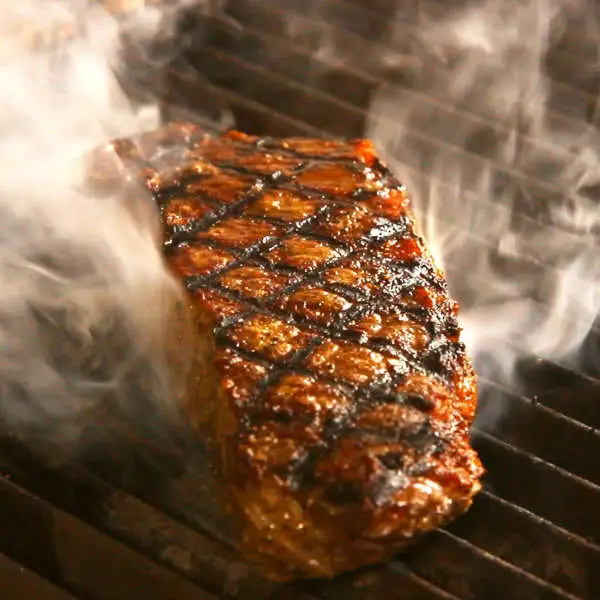
Infrared grills offer several advantages over traditional gas and charcoal grills, such as even cooking, fuel efficiency, and not drying out the food.
They achieve this because they use a completely different method of cooking.
This guide is about this. Here, I’ll explain:
- How does infrared cooking work
- What are the advantages and disadvantages of infrared grills
- How they differ from traditional gas and charcoal grills.
In the end, you’ll learn everything you need to know about infrared grills, and will decide whether this type of grill is right for you or not.
Trying to Understand “How Does Infrared Cooking Work”
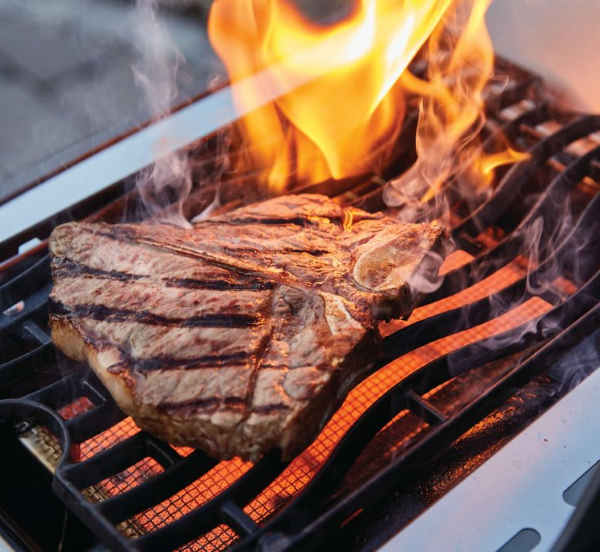
These grills are built just like the gas grills that you are used to with the only difference being how they cook the food.
Methods of Heat Transfer
The other types of grills such as gas and charcoal grills use conduction and convectional currents to cook food.
What Is Conduction and Convection?
Conduction is the process by which heat energy is transferred to solid objects.
The grates are heated and when you place the food on them, it gets cooked by the heat in the grates.
You will have to turn your food over several times so it gets cooked properly. Otherwise, the side in contact with the grates will get burned while the other will remain raw.
Convection, on the other hand, is the process in which heat moves in a medium such as air or water. As it regards grilling, the air just above the flames gets heated and rises up. The heated air comes into contact with the food and cooks it.
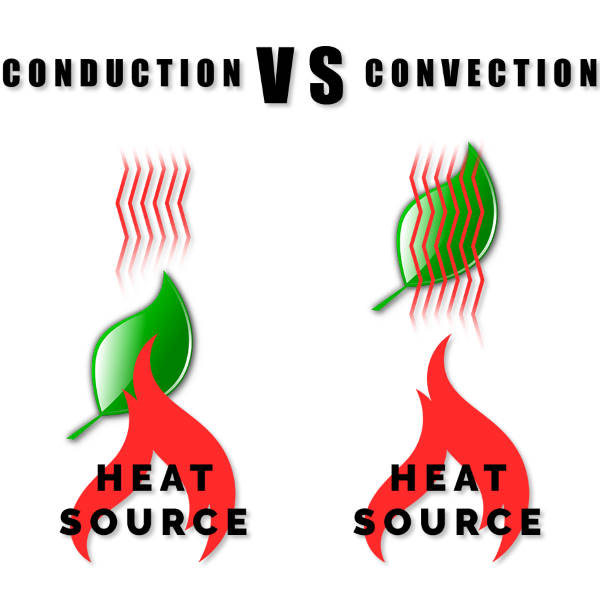
Gas and charcoal grills use these two methods to cook your meals but that is not the case with an infrared grill.
Infrared Cooking – How It Works
An infrared grill uses radiation as the primary method to cook your meals.

Infrared grills have an infrared element that radiates heat. Once heated by the burner below it, it starts radiating heat.
Food is then cooked by the radiated heat making (thermal) radiation the primary method of cooking.
This radiated heat is distributed evenly.
This is better than the conventional gas and charcoal grills where heat is concentrated in one area and those using such grills will have to remain vigilant to prevent their meals from burning up and to ensure the meals are cooked properly on all sides.
Infrared Grill Pros and Cons
Here, I’ll quickly highlight the advantages and disadvantages of infrared grills. For a complete list, take a look at this article.
The Benefits of Infrared Grills
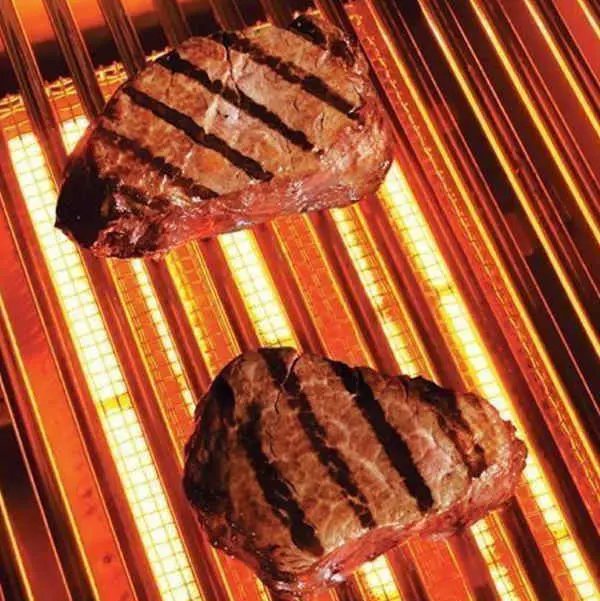
Other than even heat distribution, there are other benefits that infrared grills have such as:
Energy Efficient
This kind of grill is more energy-efficient (you save on fuel) than the other types of grills such as gas and charcoal grills.
The convectional currents in charcoal and gas grills that cook the food result in a lot of wasted energy.
Doesn’t Dry Up the Food
A lot of times, the food cooked in a gas or charcoal grill comes out dry.
Infrared grills don’t break the food’s delicate moisture barrier during cooking.
Infrared Grill Disadvantages

There is hardly anything negative to write about a grill that uses infrared technology but there are a few things that you have to be aware of before you jump into the world of infrared grilling: such grills are heavy and bulky and as such, moving around with them is a bit of a challenge.
They are also a bit costly than the other types but you can still find some budget models when you search the market properly.
How Infrared Grills Differ From Other Types of Grills
Infrared vs Gas Grill

I’ll cover some of the most noticeable differences. If you want to find out all the differences, then take a look at this ultimate gas vs infrared grill comparison guide.
Infrared grills are much more complex than gas grills.
As mentioned above, traditional gas grills use convection and conduction to cook, while infrared grills rely solely on radiation.
But this is not the only thing that differentiates them.
The Burners
The burners of a gas grill indirectly cook your meals while infrared ones are in direct contact with the food.
That’s why infrared grills take less time to cook.
The principle of operation of a gas grill is pretty much simple: a burner heats up the air and the grates which then cooks the food.
Infrared grills, however, utilize a much more advanced technology: the gas flame heats a ceramic tile covered in thousands of microscopic holes that radiate infrared energy.
Performance in Windy Conditions
It’s a well-known fact in the grilling community that gas grills are very susceptible to winds. Even the slightest breeze can greatly reduce the cooking performance.
Infrared grills are not affected by this, thanks to their unique design.
Infrared vs Charcoal Grill

The most obvious difference between these types of grills is the fuel they use. Infrared grills are in the end, gas grills.
There are some infrared charcoal grills out there, but these are not “true” infrared grills.
Cooking Time
Infrared grills heat up faster and reach higher temperatures than charcoal grills.
Smoking
While you can smoke meat on an infrared grill, the smokey-flavored taste is not the same as you can get with an actual charcoal grill.
But it’s better than nothing, I admit.
Flare-ups
Because of how they’re designed, infrared grills have fewer or no flare-ups compared to charcoal grills.
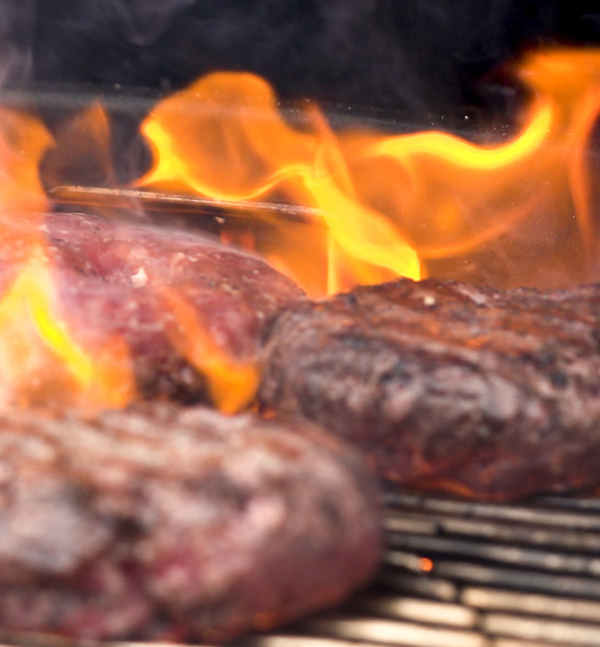
Price
Some of the cheapest charcoal grills are as low as $100 while you can’t really get a decent infrared grill for less than $300.
Charcoal grills are very simple devices: you just need a container for burning the charcoal and grates to place the food on.
If you love DIY, you can make one yourself for just a few bucks, depending on what components you already have. You can’t really make an infrared grill.
Sear Marks
If you want that steakhouse sear marks, you need an infrared grill as you can get them only with really high heat.
Fuel Consumption
When you fire up your charcoal grill, you need not only fresh charcoal (you can’t really reuse already burnt charcoal) but also something to make it burn (lighter fluid, newspaper, etc.).
If you already own a charcoal grill, you realized that these grills consume just as much charcoal as you do food.
Infrared grills use propane tanks which are cheaper than charcoal. And if you have a natural gas line, even better as natural gas is even cheaper than propane.
Because of their higher cooking efficiency, infrared grills consume even less gas than regular gas grills.
Prep Time
Charcoal needs time to get hot before you can actually start cooking. This is a big no to someone living a hectic lifestyle.
After firing up the infrared grill. you just need to wait 5 – 10 minutes for the grill to reach the desired temperature.
Conclusion: Should I Get an Infrared Grill?
Infrared grills are a grilling marvel and not a marketing gimmick.
They outperform charcoal and gas grills on many levels.
If you have some extra money lying around, get one. You won’t be sorry.
I was putting off buying an infrared grill for a long time but when I got one, I was really impressed.
This article explains how does infrared cooking works and if you want to make the switch to infrared grills, you will find this article to be quite helpful.
Do you already own an infrared device, like a heater or an oven?





Be the first to comment